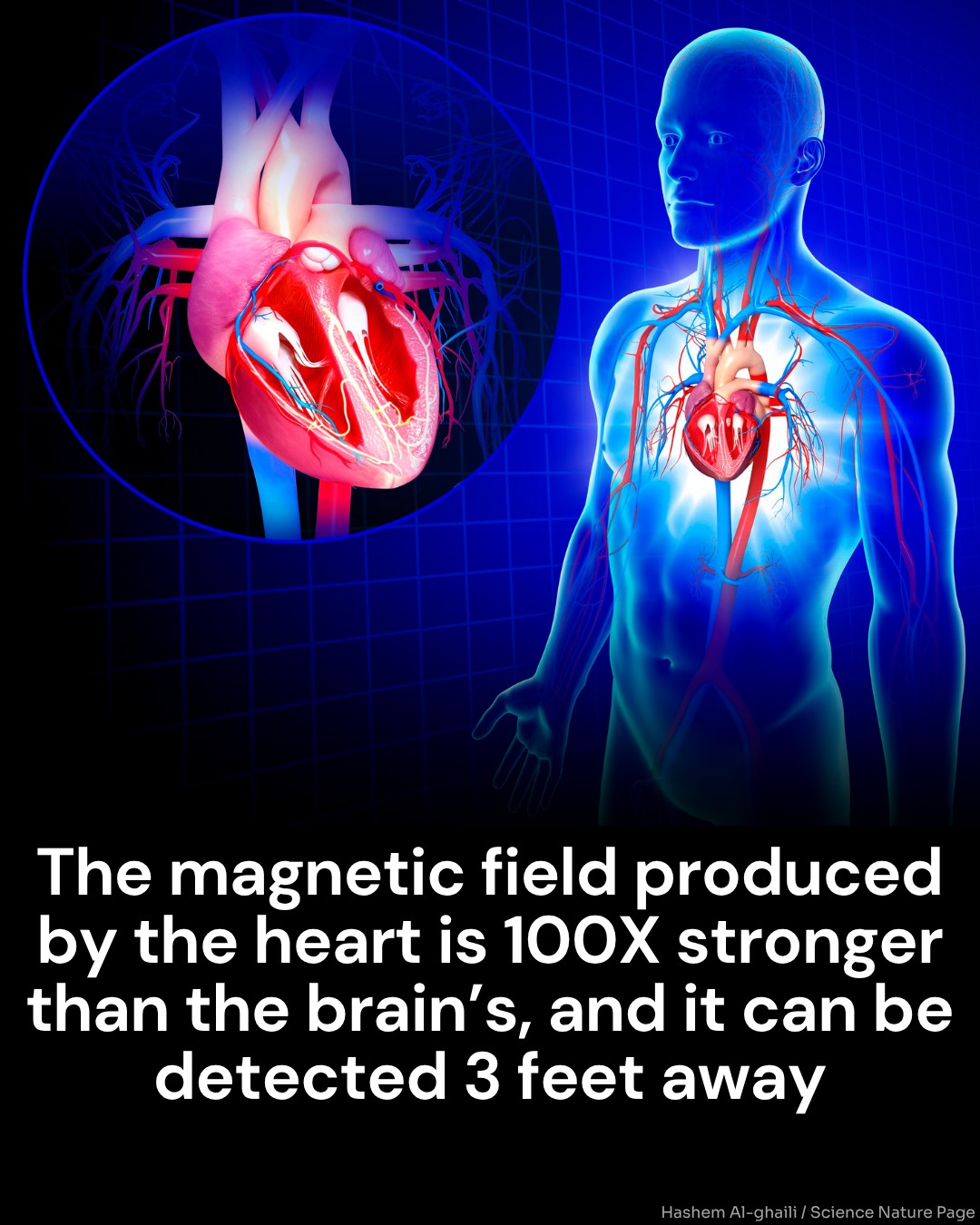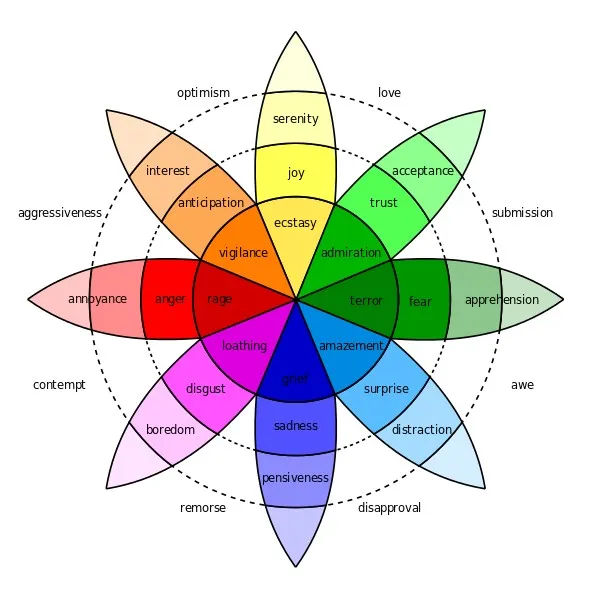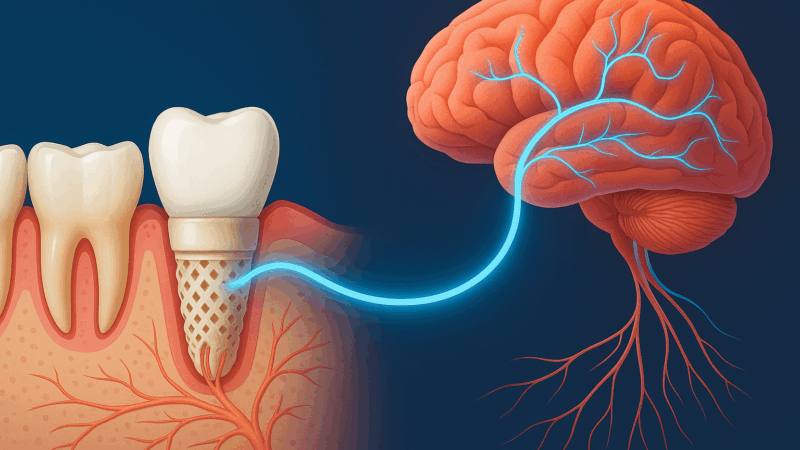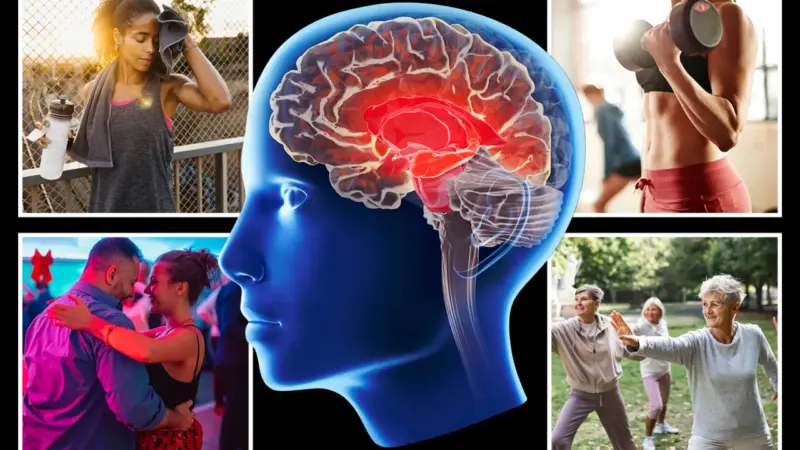The Hidden Intelligence of the Heart: How Emotions Shape Our Inner and Outer World

The Hidden Intelligence of the Heart: How Emotions Shape Our Inner and Outer World
In recent years, a growing body of research has begun to challenge our traditional understanding of the heart. Long seen merely as a biological pump, the heart is now being recognized as a dynamic, intelligent organ — one that plays a central role in our emotional, physiological, and even social lives. At the center of this revelation lies a fascinating discovery: the heart generates a powerful electromagnetic field that may influence both our own mental state and those around us.

According to findings from neurocardiology and bioelectromagnetic studies, the human heart emits an electromagnetic field that extends up to three feet (about one meter) from the body. This field is not static — it fluctuates in response to our emotional experiences. Positive emotions like love, appreciation, and compassion create smooth, coherent patterns in the heart’s rhythm. In contrast, stress and negative emotions lead to erratic, disordered rhythms.
This energetic field may be more than just a byproduct of cardiac activity. Researchers suggest it could act as an emotional broadcast system, subtly influencing the physiological states of those nearby. In essence, our feelings might be contagious — not only through facial expressions or tone of voice, but through the invisible language of our heart’s electromagnetic signature.
What gives the heart this capacity for intelligence and influence is its unique neural network. Often referred to as the “heart brain,” this intricate system contains over 40,000 neurons and sends signals to the brain via the vagus nerve. Remarkably, the heart sends more signals to the brain than it receives, playing a critical role in modulating our emotional responses, stress levels, and decision-making processes. These signals can directly affect areas of the brain involved in perception, attention, and emotional regulation.

One of the most compelling insights to emerge from this research is the idea of heart coherence — a state in which heart rhythms become harmonious and synchronized with breathing patterns and positive emotional states. In this state, individuals experience increased clarity, focus, emotional stability, and resilience to stress. Studies conducted by institutions like the HeartMath Institute have shown that practicing techniques to cultivate heart coherence can significantly improve mental and physical well-being.
But the implications reach far beyond individual health. Some researchers propose that when a person achieves a state of coherence, their heart’s electromagnetic field can entrain — or harmonize — the fields of those around them, leading to improved communication, empathy, and emotional alignment in social and group settings. This may help explain why being in the presence of calm, emotionally balanced individuals often brings a sense of ease to others.

These findings are beginning to reshape our understanding of emotional intelligence. It is no longer viewed solely as a cognitive skill — something the brain manages through logic and reflection. Instead, emotional intelligence may be deeply embodied, beginning not in the head, but in the rhythmic wisdom of the heart.
In a world increasingly defined by emotional disconnection and stress, this emerging science offers a hopeful message: we are more connected than we realize, not just psychologically but biologically and energetically. The heart is not only the seat of emotion — it is a powerful transmitter of emotional energy. And by learning to tune into it, we may discover a deeper form of intelligence, one that leads not just to personal health, but to greater human connection.

